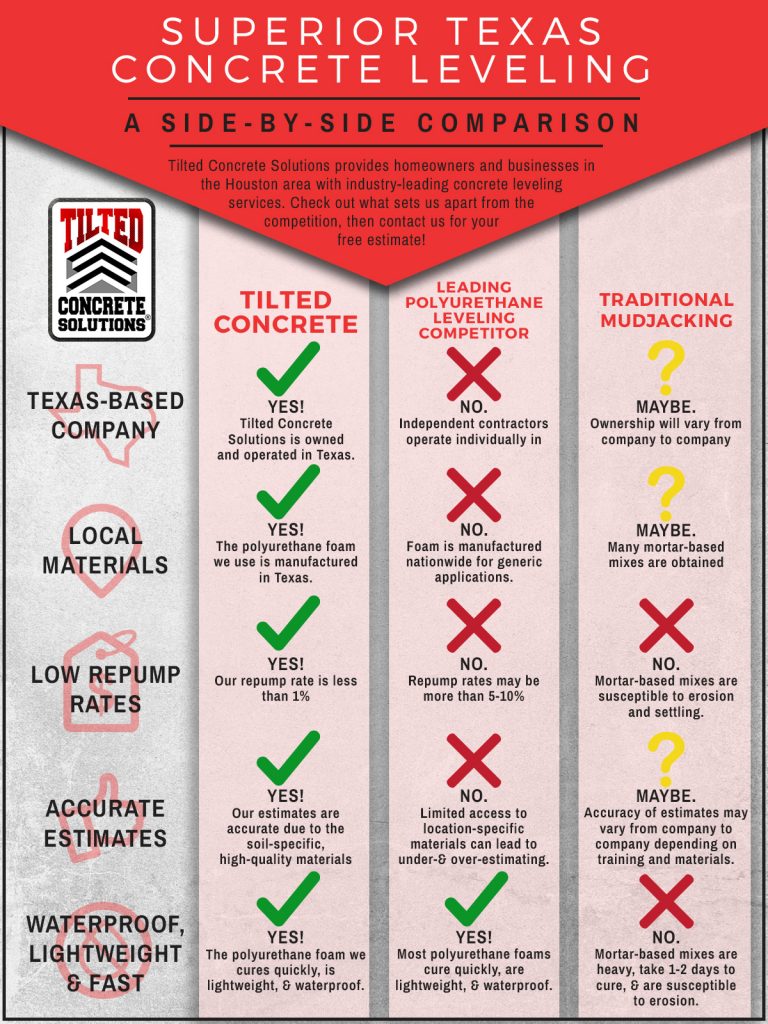Climate Considerations In Commercial Exterior Painting: Important Details To Remember
Climate Considerations In Commercial Exterior Painting: Important Details To Remember
Blog Article
Composed By-Duke Kofoed
When you're intending a business external paint job, don't underestimate the influence of weather on your results. You need to take into consideration variables like temperature level, humidity, and precipitation, as they can make or damage your paint work. For instance, did you understand that optimal conditions call for particular temperature level arrays and moisture levels? Failing to keep track of these facets can lead to irregular finishes and even damages to fresh paint. Recognizing Recommended Web-site is essential to attaining a long-lasting, expert result. So, what particular weather conditions should you be wary of?
Temperature Considerations
When it involves business exterior painting, temperature level plays a vital role in the end result of your task. If you're painting in severe heat, the paint can dry out as well swiftly, resulting in concerns like bad adhesion and uneven coatings. You want to go for temperatures between 50 ° F and 85 ° F for the best results. Listed below 50 ° F, paint may not cure effectively, while above 85 ° F, you risk blistering and fracturing.
Timing your job with the right temperature levels is important. Beginning your job early in the morning or later on in the mid-day when it's cooler, especially throughout hot months.
Additionally, take into consideration the surface temperature level; it can be significantly greater than the air temperature level, especially on bright days. Use local commercial painters to examine this prior to you begin.
If temperatures are uncertain, keep an eye on the weather prediction. Sudden temperature decreases or heat waves can derail your plans. You don't intend to start painting only to have the conditions transform mid-project.
Humidity Degrees
Moisture levels significantly affect the success of your commercial outside painting job. When the moisture is too expensive, it can impede paint drying out and treating, resulting in a series of concerns like poor attachment and finish high quality.
If you're intending a task throughout moist conditions, you may discover that the paint takes longer to dry, which can expand your job timeline and increase prices.
Conversely, low moisture can also pose difficulties. Paint might dry out also rapidly, protecting against appropriate application and resulting in an unequal coating.
You'll wish to keep track of the humidity degrees carefully to ensure you're functioning within the suitable array, typically in between 40% and 70%.
To obtain https://paxtonyfkpu.bloguerosa.com/32290631/venture-into-a-vibrant-domain-of-creative-thinking-with-deck-painting-techniques-that-will-certainly-change-your-outside-setting-into-a-spectacular-escape , take into consideration utilizing a hygrometer to gauge humidity before starting your task.
If https://commercialpaintersnearme09987.madmouseblog.com/13747936/accomplishing-seamless-results-in-paint-touch-ups-needs-a-keen-eye-for-information-and-specialist-techniques-discover-exactly-how-to-understand-this-ability-efficiently discover the degrees are outside the optimum range, you may need to readjust your timetable or select paints designed for variable problems.
Constantly speak with the producer's guidelines for specific recommendations on moisture tolerance.
Rainfall Effect
Rainfall or snow can significantly interrupt your industrial external painting plans. When rainfall occurs, it can get rid of newly applied paint or produce an unequal finish. Preferably, you intend to choose days with dry weather condition to make certain the paint sticks properly and remedies effectively. If you're caught in a rain shower, it's ideal to halt the task and wait on conditions to improve.
Additionally, snow can be a lot more damaging. Not just does it develop a wet surface, yet it can also reduce temperatures, making it hard for paint to completely dry. This can cause concerns like peeling or blistering down the line.
It's critical to examine the weather prediction prior to beginning your project. If rain or snow is forecasted, consider rescheduling.
Always remember to enable ample drying time in between layers, specifically if the climate continues to be unforeseeable.
Conclusion
To conclude, watching on the weather is crucial for an effective industrial exterior painting project. By monitoring temperature, humidity, and precipitation, you can make certain the best problems for application and treating. Remember to plan your job around favorable weather and always comply with maker standards. With the appropriate technique, you'll achieve a durable, gorgeous finish that can endure the aspects. Don't let the weather condition catch you off guard-- remain educated and repaint clever!
